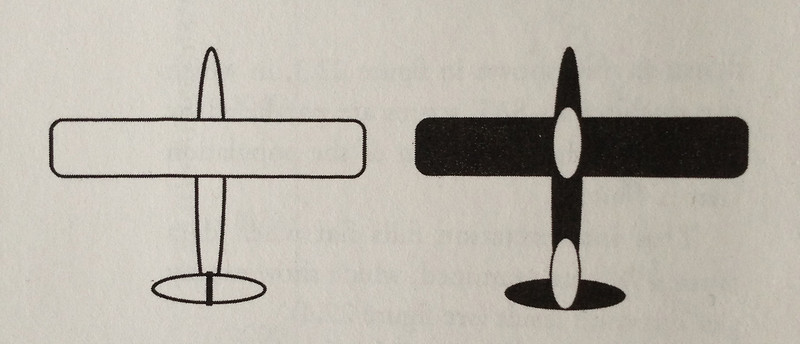Seeing is Disbelieving
During World War II, the UK and U.S. focused their air warfare plans on the use of strategic bombing, employing long- and short-range aircraft to lead the way and provide ground infantry with an upper hand. Much of the industrial war complexes of both these nations were focused on producing planes, and ensuring the safe return of an expensive, slow-to-produce bomber was a priority. After all, a plane that can make five or perhaps ten runs was worth much more than one which failed to return after a mission or two.
Of course, planes which came back often did so damaged. It made sense to repair those planes. The typical repair job came with additional armor added to the bullet hole-riddled areas of the plane, reinforcing the areas which took the most damage. And, in theory, it would also make sense to add additional armor in those places.
Until a statistician named Abraham Wald stepped in.
Wald earned a Ph.D. in mathematics from the University of Vienna in 1931, but, because he was Jewish, was unable to find a job in Austria. He managed to emigrate to the United States shortly after the Nazi annexation of Austria in 1938, and ended up studying econometrics for the Cowles Commission for Research in Economics, then based in Chicago. Either while at that post or shortly thereafter, he ended up on a data gathering project for the U.S. military. He was charged with looking at planes which had returned from battle, and recording where they had taken the most damage. As seen above (via the National World War II Museum), he put together a crude before-and-after diagram. The “after” image — the plane on the right — showed where the majority of the damage was, as indicated by the shaded regions. Wald determined that most of the plane — the wings, nose, and fuselage — had taken the worst beating, while the cockpit and tail were generally unharmed. Wald’s superiors suggested that the shaded areas receive additional armor.
Wald, though, objected. If planes were returning with damage to the shaded areas, then, Wald argued, the shaded areas needed the least reinforcement. After all, the planes were able to take significant damage to those areas yet still return. Wald theorized (and mathematically explored, in this pdf) that the fact that the planes lacked damage in the cockpit and tail was more telling. Certainly, the Axis’ targeting of Allies’ planes was both indiscriminate and imprecise; there was little reason to believe that the Axis forces were aiming for, say, the nose, and intentionally avoiding striking the tail. Some planes had to have taken significant damage to the tail and cockpit, and all of those planes had something in common: they, unlike the ones in Wald’s data set, did not return back to base.
On Wald’s advice, the U.S. military leadership reinforced the cockpits and tails on its planes.
Bonus fact: From 1964 until 1998, the U.S. Air Force used a plane called the Blackbird (seen here) as a recon plane. The Blackbird was designed to be somewhat more stealthy than most planes; its flat design and some other features made it difficult to pick up on radar. But even if an enemy did, in fact, spot the Blackbird, shooting it down was difficult at best. If an enemy launched a surface-to-air missile targeting the Blackbird, the Blackbird would simply accelerate and outrun it. During the plane’s thirty-plus years of service, not a single one was shot down.
From the Archives: Tanks for the Info: Another way the Allies used math as a weapon.

